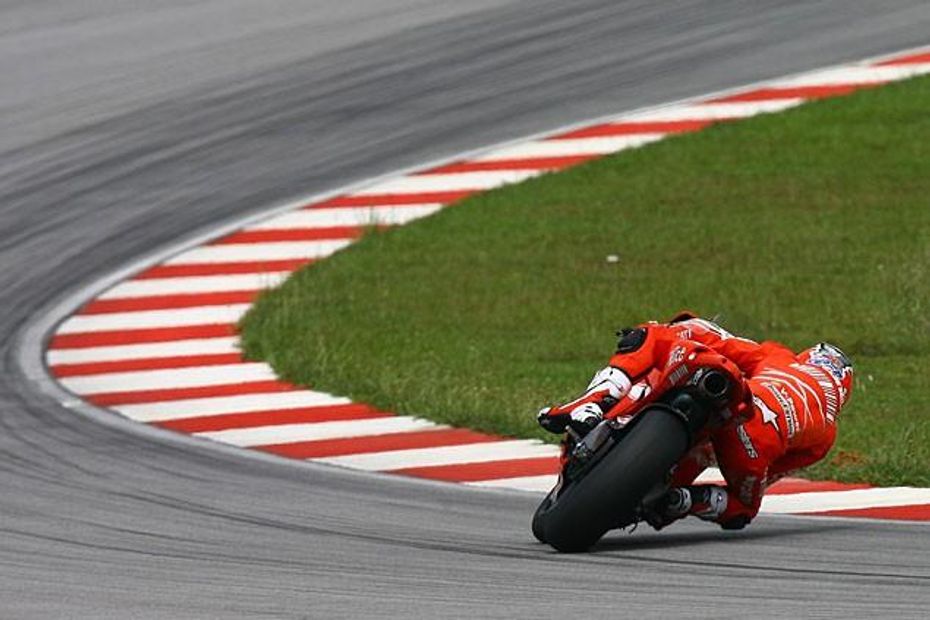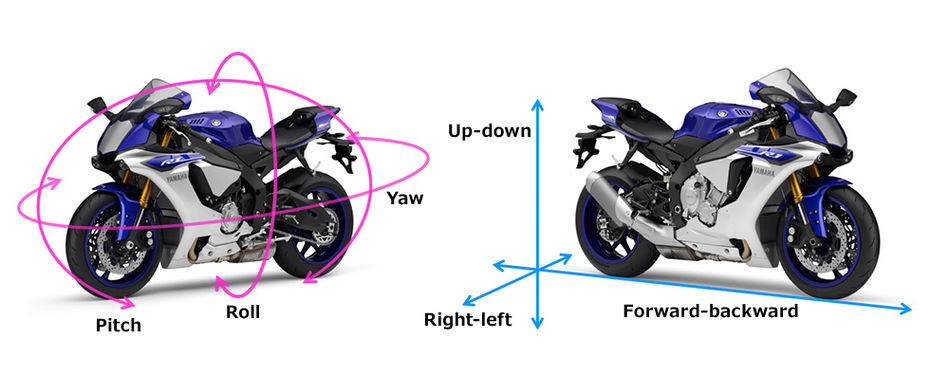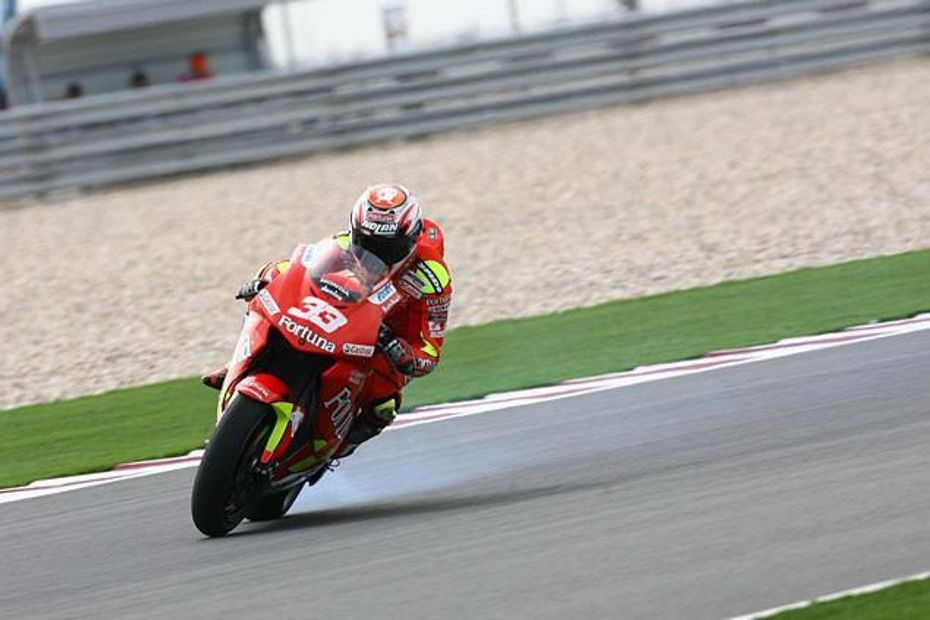
How Does Traction Control Work?
- Nov 3, 2019
- Views : 4078


We all know it’s not wise to brake as hard when you’re leaned over as you would when you’re perfectly upright. The same applies for the throttle as well, you can’t twist the gas as hard at 40 degrees of lean as you can when you’re going in a straight line. But does the bike know this? Can it tell how much it is being leaned over?
Well, some of them can. We’re seeing a lot of litre-class motorcycles being equipped with Inertial Measurement Units or IMUs. In fact, the technology is now trickling down to smaller motorcycles as well, as can be seen with the KTM 790 Duke and Aprilia RS 660. Of course you’ve read the term on the brochure, but now we’re going to tell you what exactly an IMU is and how it works.
Also Read : How Does Traction Control Work?
What & How?
The basic function of an inertial measurement unit is to measure the orientation and acceleration of the motorcycle. It does this using several gyroscopes and accelerometers to measure 6 major parameters or motions — 3 rotational components and 3 translational components (point to point motion).

The rotational components consist of pitch (dive under braking and squat under acceleration), roll (the bike leaning into corners) and yaw (the change in direction of the motorcycle). The translational components are longitudinal (front-to-back movement), lateral or transverse (side-to-side movement), and vertical (up-and-down movement). The IMU also derives acceleration in all of these components, by measuring the rate of change of a particular parameter with respect to time.
How Does It Help?

The IMU sends all this information to the bike’s ECU, so it knows exactly what the bike is doing. By coupling this data with other channels such as throttle and brake input, the ECU can decipher whether you’re entering a corner, rolling through a corner, or exiting one. It can therefore tailor the electronic aids to assist you suitably for the current situation. Systems like cornering ABS and lean-sensitive traction control rely heavily on data from the ECU to function properly.

A primitive traction control system works by detecting a difference in wheel speeds between the front and rear, as discussed here. But a lean-sensitive traction control system knows that it can deliver more torque to the rear wheel when the bike is upright, as compared to when it is leaned over. It therefore contours the power delivery based on your lean angle. The same goes for ABS: a standard system simply detects wheel lock-up and momentarily releases brake pressure, whereas cornering ABS takes into account your lean angle and works well even when trail-braking into a corner or panic braking when leant over.
One of the most interesting rider aids spawned by IMUs has been slide control, seen on bikes like the Yamaha R1M. This system allows the rear tyre to slide and kick out to a certain extent under acceleration, and then holds it at that angle throughout the corner exit phase. This would be impossible if the ECU did not have accurate information about the motorcycle’s orientation.

The benefits of an IMU are quite obvious, and as the technology becomes more and more widely implemented, it will become cheaper to manufacture and filter down to smaller motorcycles as well, which is great news for all motorcyclists.

How Does Traction Control Work?

The 2025 Ather 450 Put Through An Insane Track Attack Challenge...

2025 Ather 450 Incoming: Here’s What It Could Be Capable Of

TVS Apache RTX 300 Adventure Bike Unveiled At Auto Expo 2025

BREAKING: 2025 Honda SP125 Launched In India

2025 Bajaj Pulsar RS200; Launch In Next Few Days

2025 Suzuki Access 125 Launched At Auto Expo 2025

New Bajaj Pulsar Teased; Launch Likely In January 2025

Upcoming 2025 Bajaj Pulsar RS200 Teased Again
India's largest automotive community
 Royal Enfield Scram 440
Rs. 2.08 Lakh
Royal Enfield Scram 440
Rs. 2.08 Lakh
 Honda Livo
Rs. 83,080
Honda Livo
Rs. 83,080
 BMW R 1300 GS Adventure
Rs. 22.95 Lakh
BMW R 1300 GS Adventure
Rs. 22.95 Lakh
 BMW S 1000 RR
Rs. 21.10 Lakh
BMW S 1000 RR
Rs. 21.10 Lakh
 Suzuki Gixxer SF 250 Flex Fuel
Rs. 2.16 Lakh
Suzuki Gixxer SF 250 Flex Fuel
Rs. 2.16 Lakh